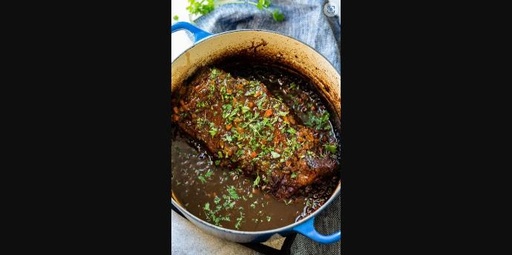All Courses
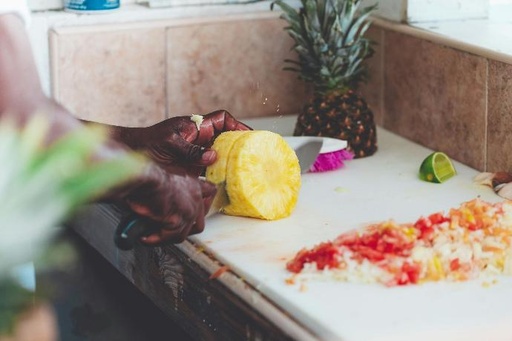
Wrap your hand around the knife like you’re shaking someone’s hand. This is the most intuitive and strongest knife grip, but what you gain in strength you may lose in precision.
PINCH GRIP
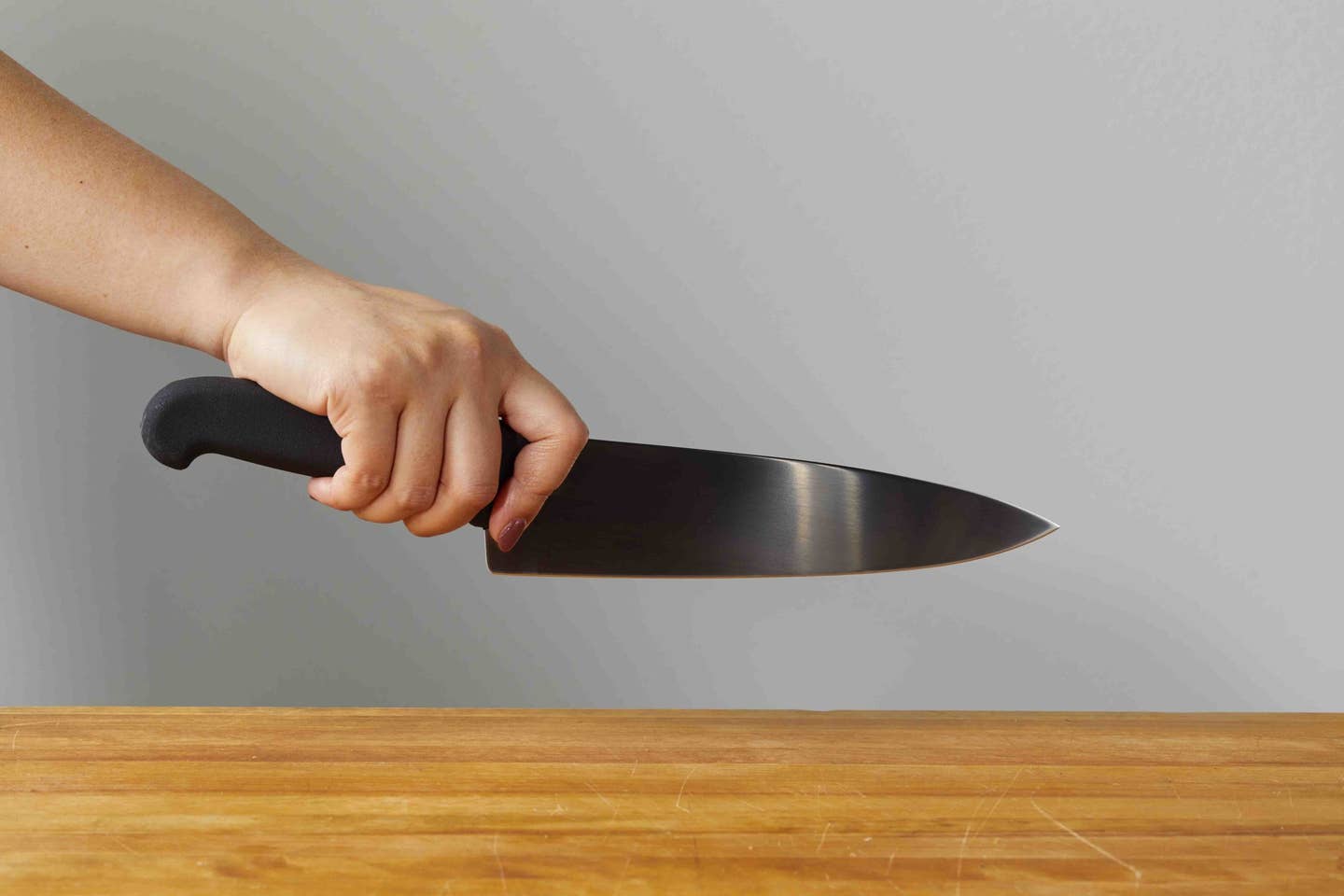
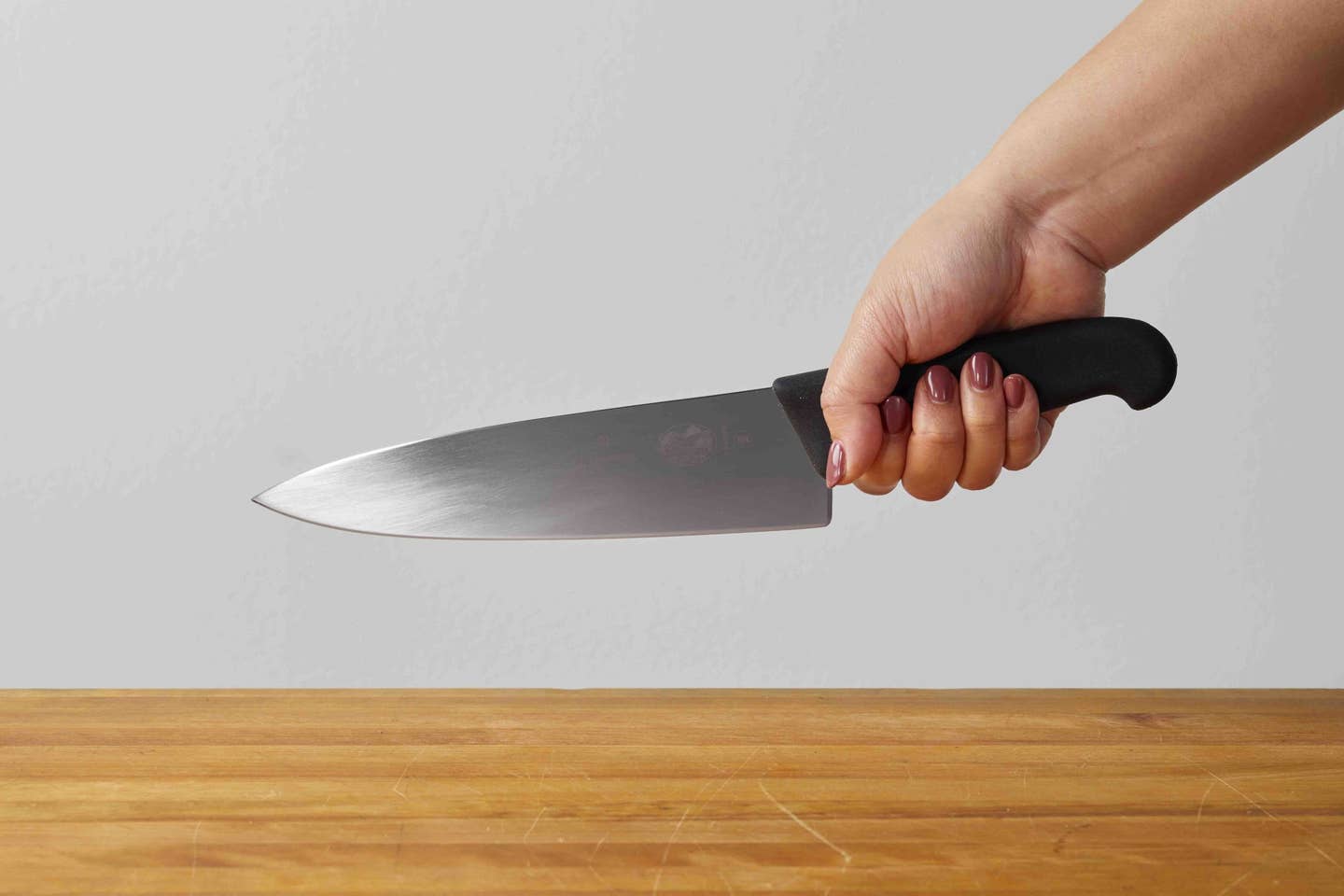
Pinch the blade of the knife just above the bolster with your thumb and forefinger, then wrap the other fingers around the handle. Professional chefs prefer this grip because it gives more control when chopping and mincing.
2. CREATE STABILITY
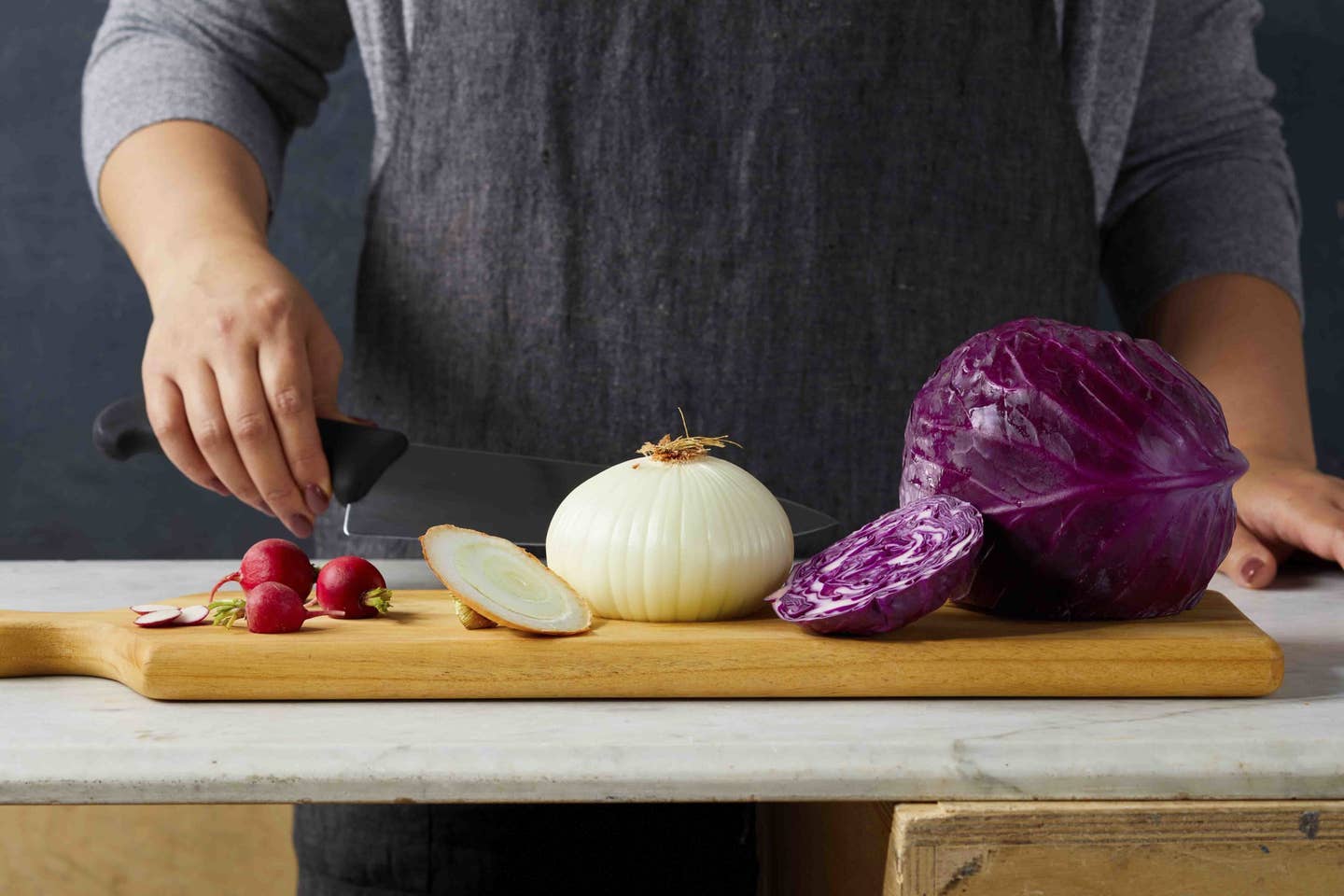
Fruits and veggies that wobble, slide, and roll around on a cutting board are hard to handle and can lead to accidents. If there’s no flat side, make one: Cut a thin piece off one side of round vegetables so they sit flat on the cutting board. Cut large items like winter squash or cabbage into halves or even quarters to get flat sides.
3. MASTER THE "CLAW"
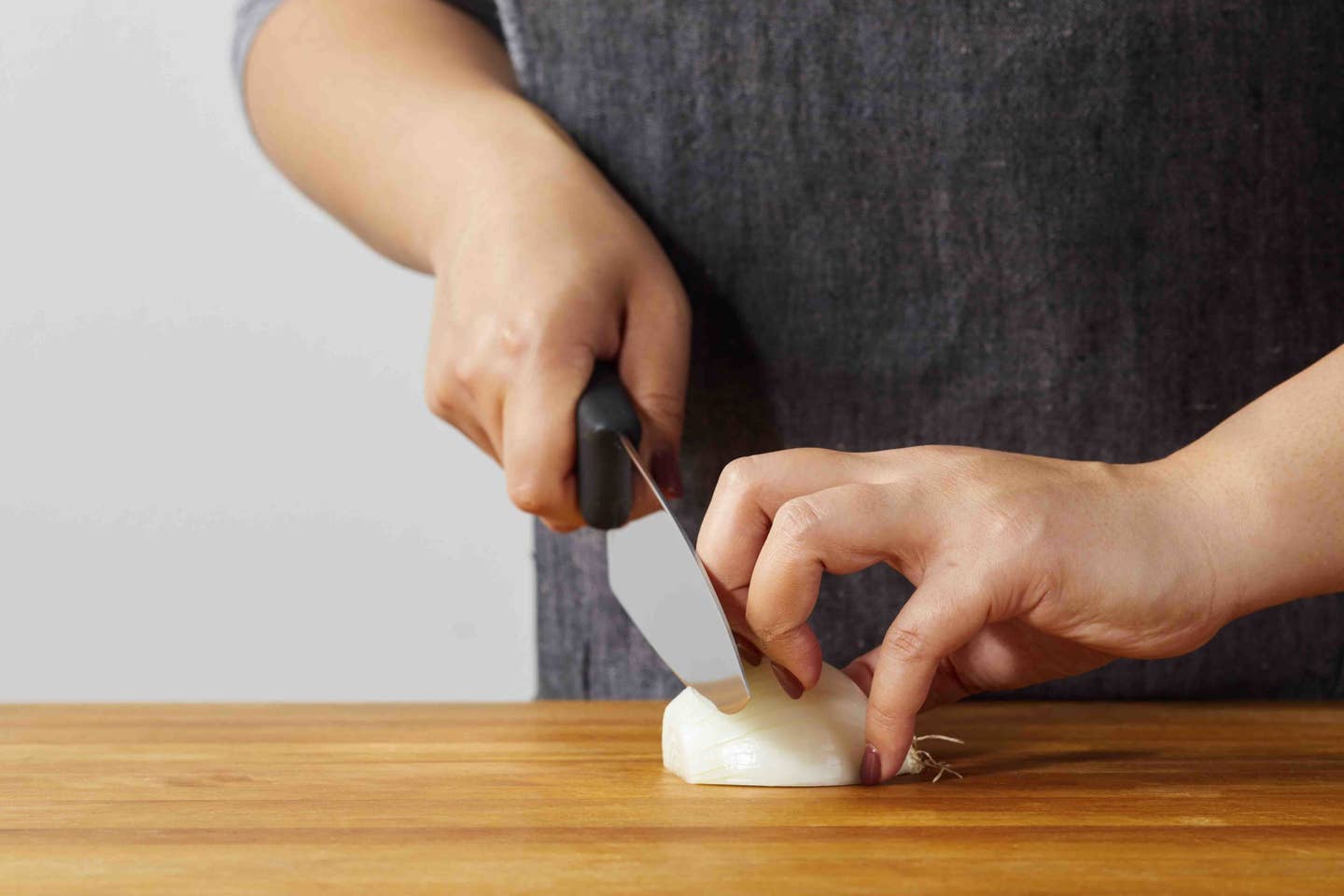
This finger-protecting technique is one of the first skills budding chefs learn in cooking school. It takes practice, but once you get the hang of it, it will become automatic. To do it, shape your free hand into a claw by tucking four fingers behind your middle finger. Tightly grip the food with your claw hand, using all five fingers to hold it steady, with the thumb and pinky finger stabilizing the sides. Make sure the fingertips are always farther back from the knife edge than the knuckles.
BASIC CUTTING TECHNIQUES
With these six basic cutting techniques in your arsenal, you can prep your ingredients for almost any use.
1. SLICE
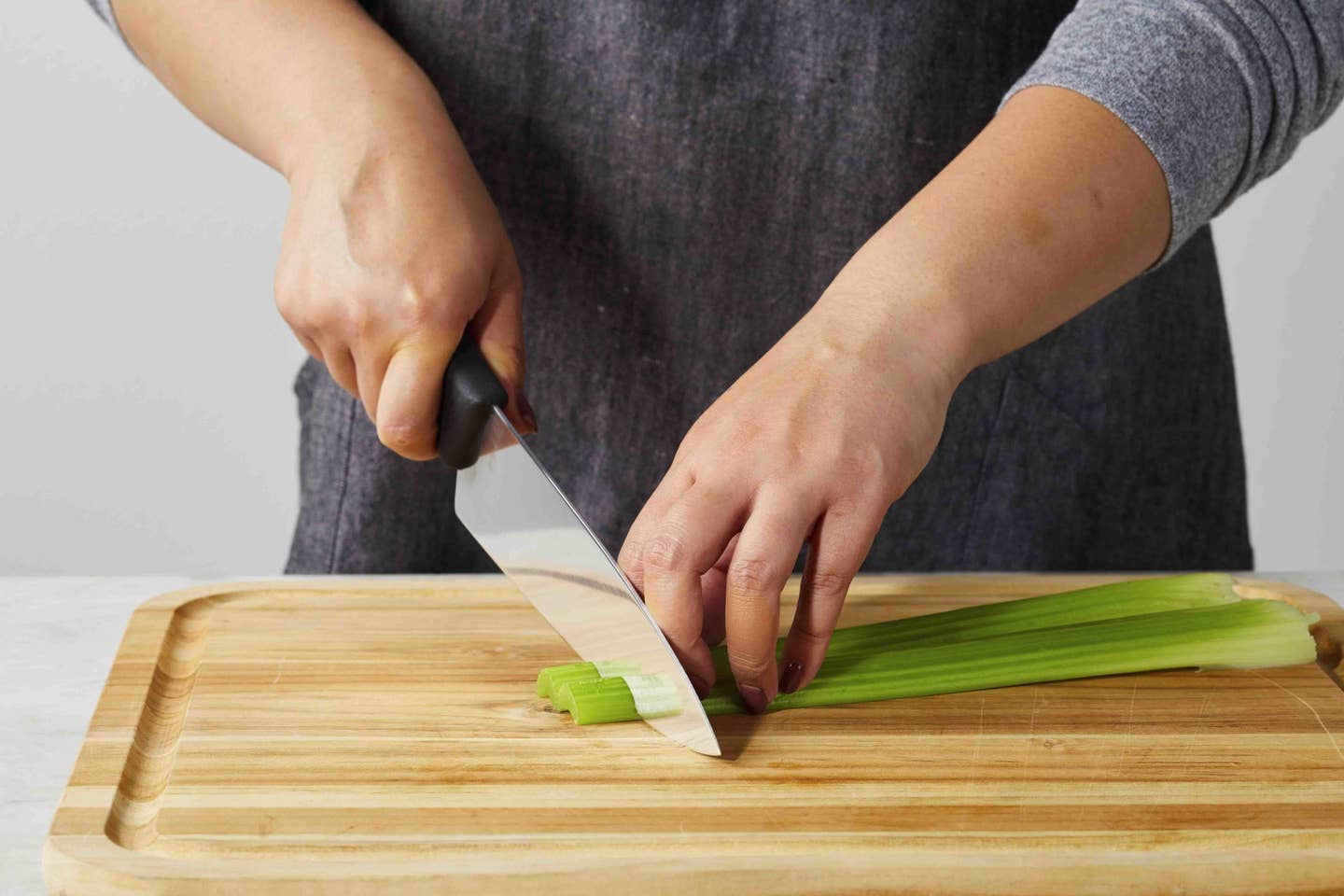
Everything starts with a good slicing technique. Move the knife in a rocking, tip-to-heel motion to cleanly slice a food all the way through. Slide the fingers of your claw hand back and move the knife (not the food) after each cut. Experienced chefs use the knuckle of their middle finger as a width guide for slices.
2. BIAS SLICE
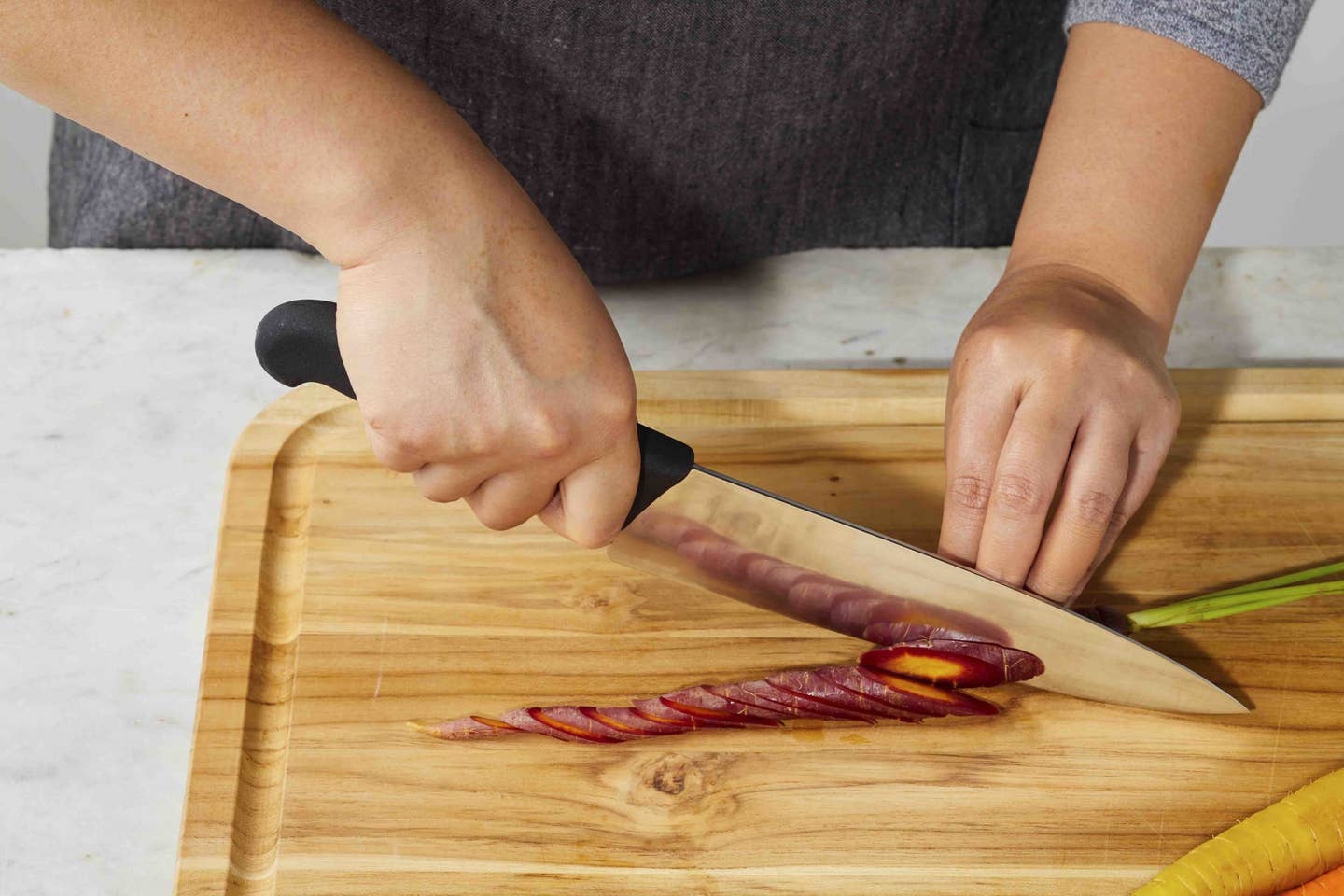
To get larger slices of elongated items like bananas, carrots, or cucumbers, cut them on the diagonal. The sharper the angle, the broader your slices will be.
3. MINCE
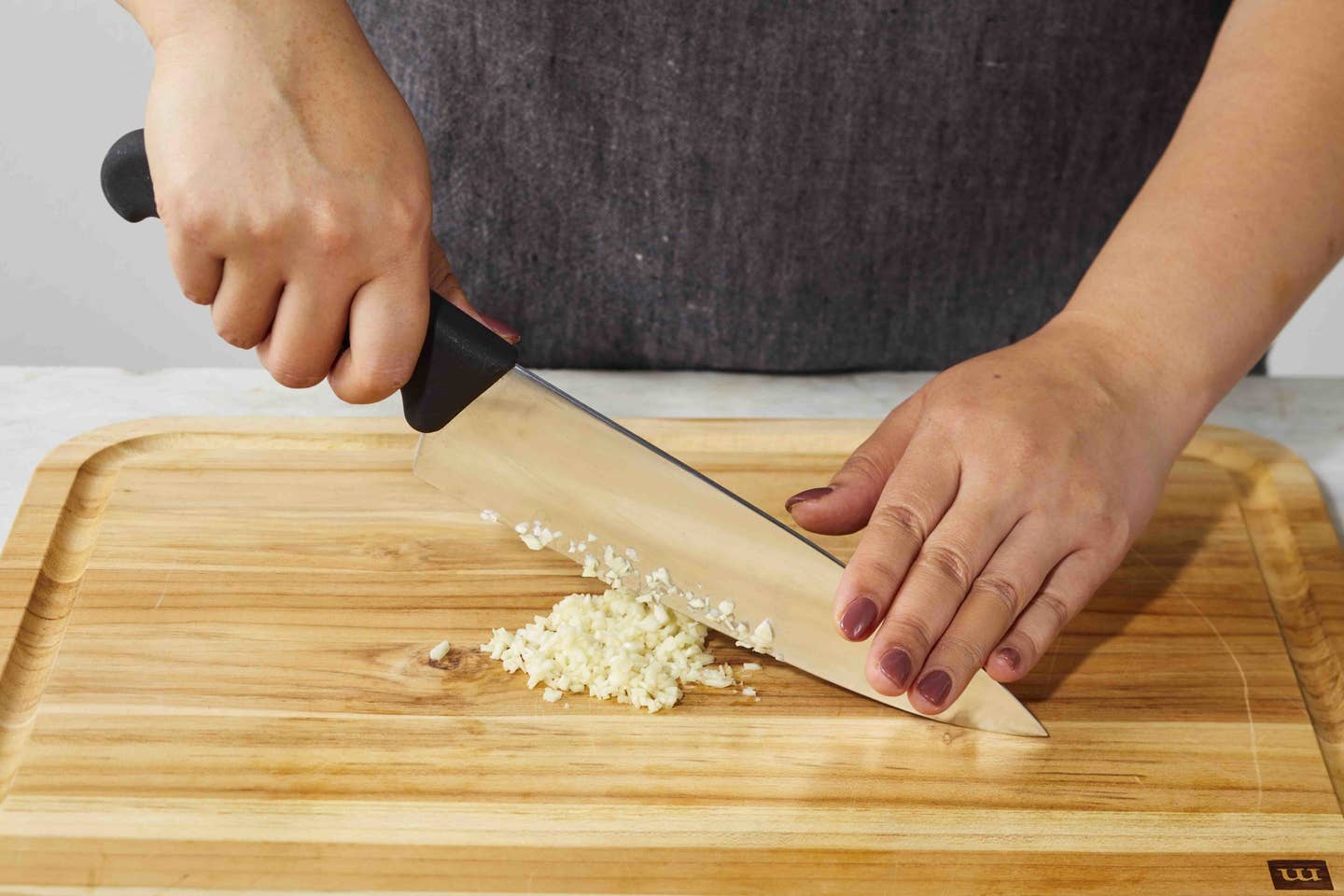
Aromatic herbs, ginger, and garlic need to be minced into fine bits that will permeate a finished dish. Place the knife next to the item to be chopped, and set your free hand flat on the tip of the knife. Hold the tip down as you move the knife heel up and down in a chopping motion, rocking back and forth over the food until it is finely minced.
4. DICE

Cutting food into uniform cubes is a three-step process. First cut food into even slices. Stack 2 or 3 slices on the cutting board, then cut them lengthwise into thick sticks. Holding the sticks together with your claw hand, cut the sticks crosswise into dice. When working with large quantities of food, make room on the cutting board by transferring the dice to a bowl.
DICING ONIONS
Because of their layers, dicing onions involves a specific technique.

- Start by halving the onion through the stem. (Don’t remove the stem: It will hold the layers together for easier cutting.)
- Place the cut side down on the cutting board and make even lengthwise cuts, still avoiding the stem.
- Set your hand flat on top, and cut two or three horizontal slices through the middle.
- Slice the onion crosswise to release the dice.
5. WEDGES
For nice potato or onion wedges, start by halving them lengthwise. Lay the halves cut side down and halve them again. Then cut through the center of each quarter to make wedges. If your wedges still seem large, halve them again. (Trim the stems of onions, cabbage, and lettuce heads, but leave them intact while cutting to hold the wedges together.)
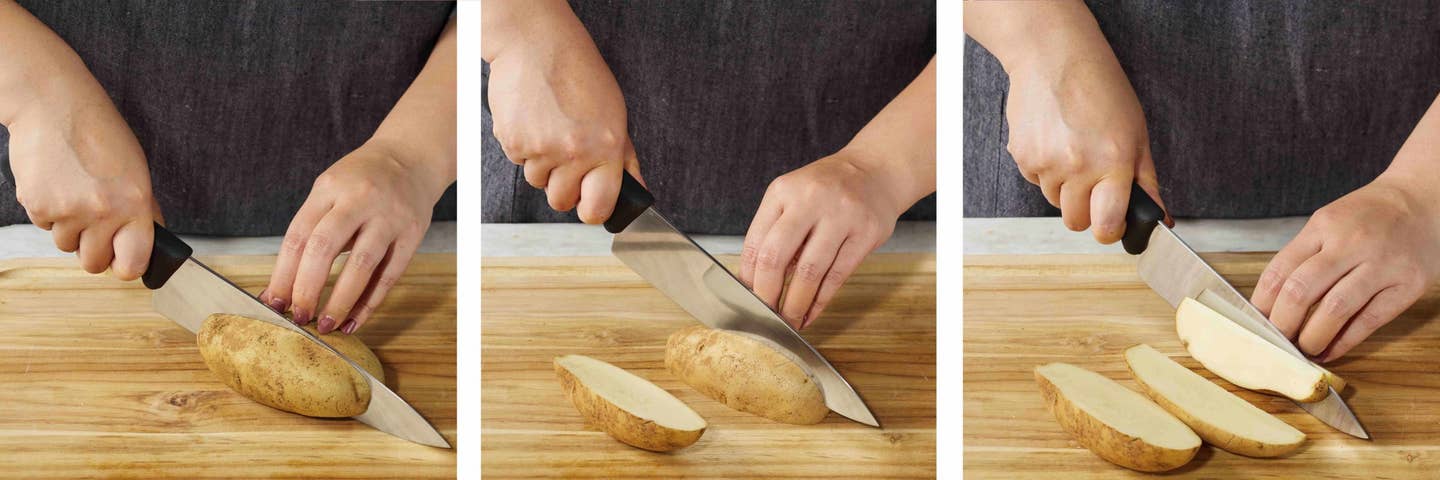
- Cut in half.
- Cut in half again.
- Cut through center to make wedge.
6. CHIFFONADE
The culinary term for cutting herbs and leafy greens into fluffy ribbons sounds hard, but it’s as easy as slicing. Wash and pat dry the herbs or greens before slicing so they separate easily. (For more tips on this specific technique, see How to Chiffonade.)

- Stack 4 or 5 leaves on a cutting board.
- Roll them into a tight cylinder.
- Slice the cylinder crosswise into thin strips.
- Separate and garnish.
THE ONLY 3 KNIVES YOU REALLY NEED
It’s fine to have more than a trio of kitchen knives, but these three can handle all your kitchen tasks.
1. SERRATED KNIFE

A toothy serrated knife is best for slicing crusty bread and juicy foods like tomatoes and citrus fruit. The wavy blade and ergonomic handle of the Victorinox 8⅓-inch serrated bread knife lets you cut foods clean through without needing to adjust your grip.
2. CHEF'S KNIFE
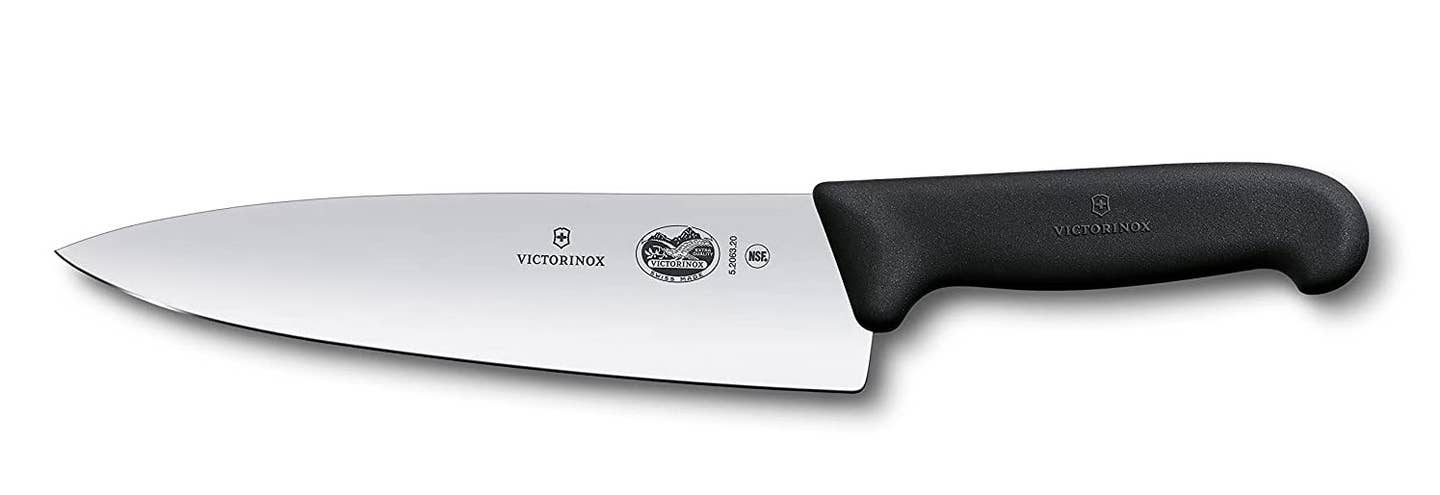
The Victorinox Fibrox 8-inch Chef’s Knife is a high-end culinary tool at a home-kitchen price. It can do it all, from hacking open hard winter squash to mincing tender fresh herbs.
3. PARING KNIFE
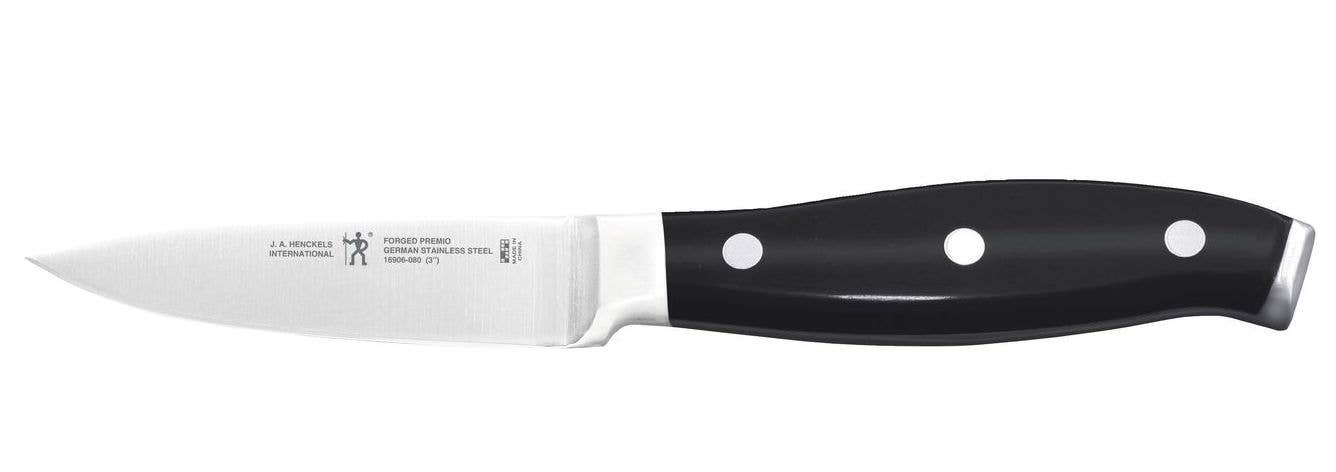
The knife you use all the time should be extra comfy to hold. The Henckels Premio 3-inch Paring Knife has a wide, curved handle that’s easy to grip and a high-quality stainless-steel blade that can be honed and sharpened—and will last a lifetime.
Learn more essential kitchen skills and become a plant-based home chef in 90 days with the Forks Over Knives Cooking Course.
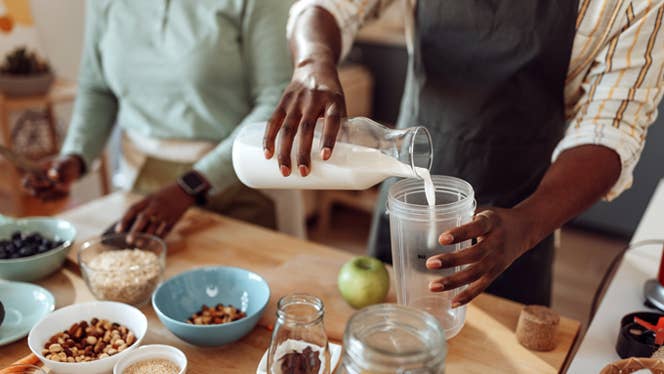
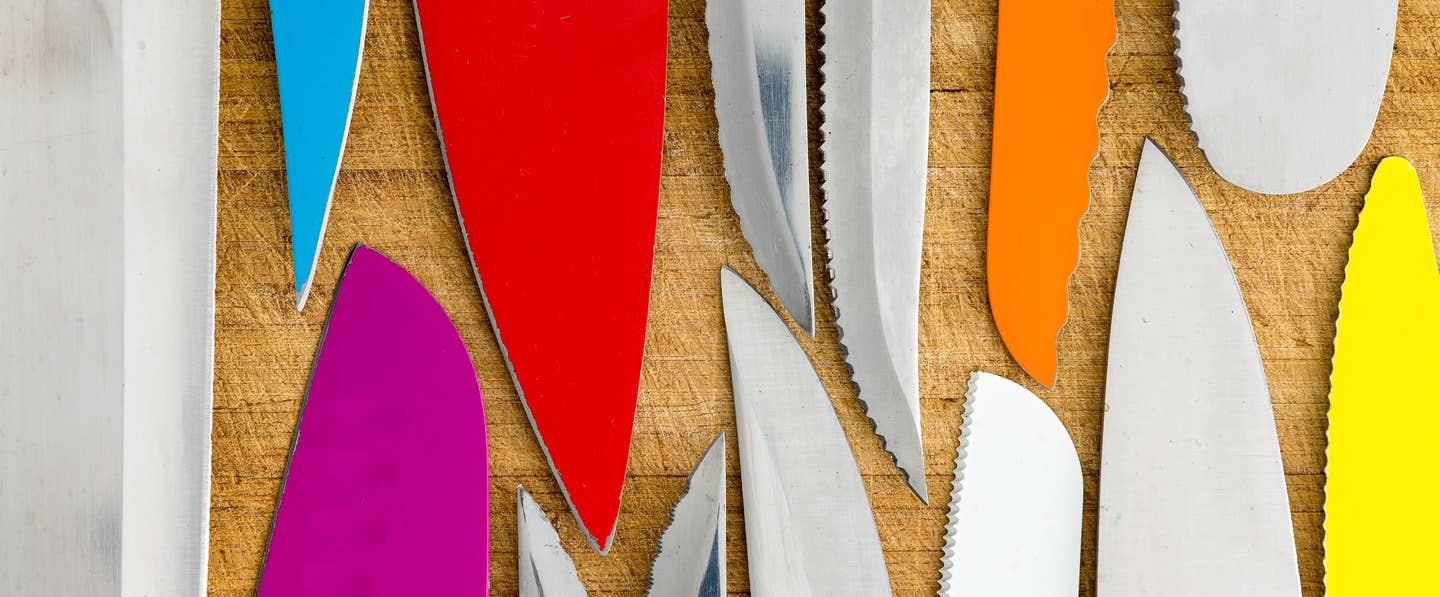 The Best Knives for Cutting Vegetables – Tips from Chef Amanda CohenApr 23, 2019
The Best Knives for Cutting Vegetables – Tips from Chef Amanda CohenApr 23, 2019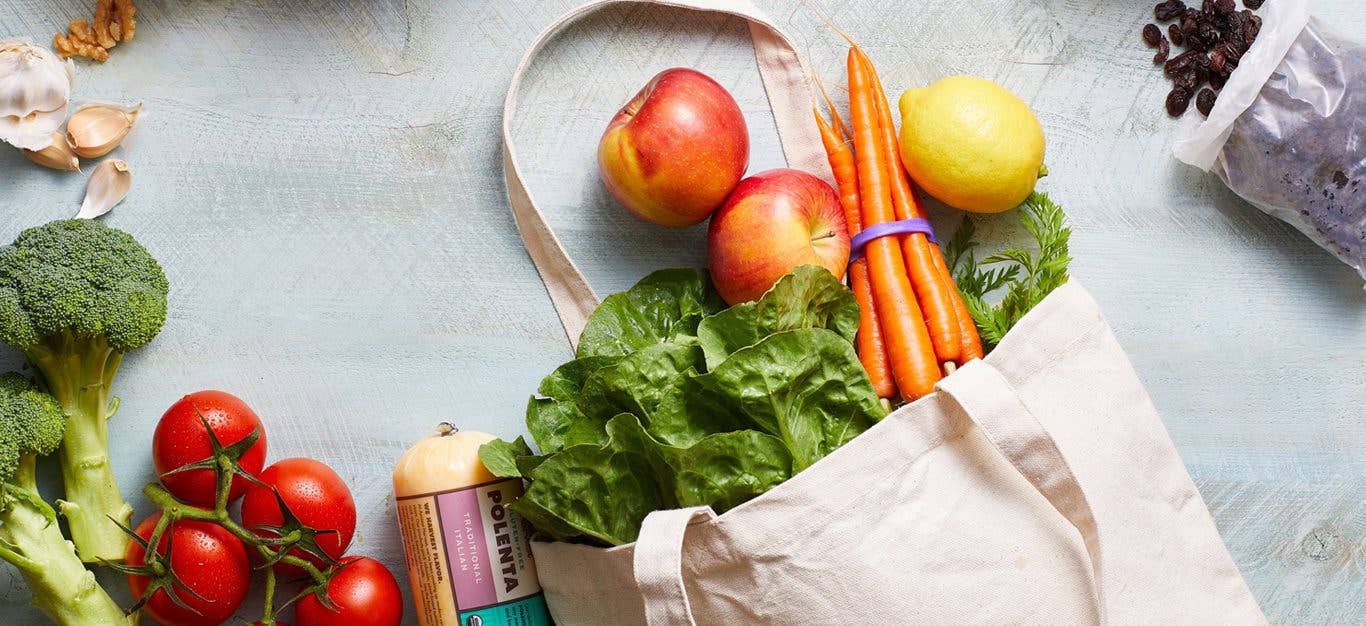 28, 2022
28, 2022
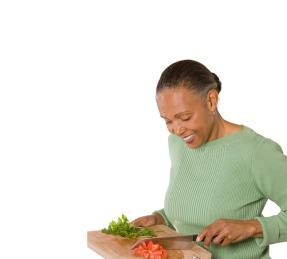
Forks Meal Planner takes the hard work out of making nutritious meals the whole family will enjoy.
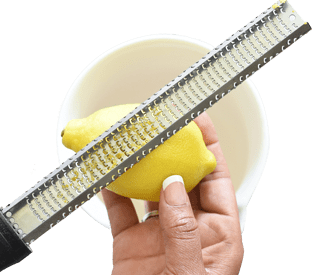
Join our best-selling course at a new lower price
ABOUT THE AUTHOR
MARY MARGARET CHAPPELL
When Mary Margaret Chappell first started out in the plant-based food world as a writer, editor, and recipe developer, she was a bacon-loving former pastry chef who didn’t think she could ever cook without butter. Fourteen years, four cookbooks, dozens of cooking classes, and hundreds of recipes later, her favorite thing in the world is sharing the tips, techniques, and recipes that show just how easy and delicious whole-food, plant-based cooking can be. The former food editor of Vegetarian Times magazine has done away with her dependency on butter and is honing her skills at baking with natural sweeteners. Chappell lives in France, where plant-based eating can often be a challenge, but the fruits, vegetables, grains, and legumes available are simply amazing. Find her on Instagram and Facebook.

The meaning of this French word is all in place .ready to begin the process. All prep needed is ready
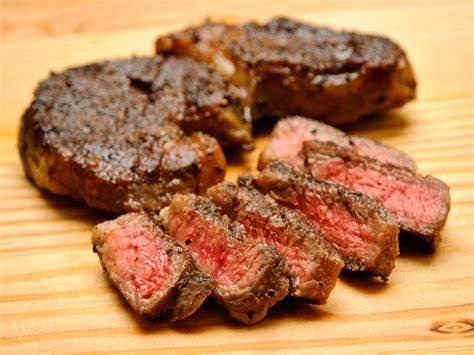
- How To Pan Fry Chicken Thighs To Pan Fry Chicken Thigh pan-frys Do you love the crispy, crunchy texture of pan-fried chicken? If so, you’re going to love this easy tutorial on how to pan fry chicken thighs. With just a few simple steps, you’ll have perfectly cooked chicken that’s golden brown and delicious. So what are you waiting for? Start cooking! How To Pan Fry Chicken Thighs Table of Contents How To Pan Fry Chicken Thighs This pan-fried chicken thighs recipe is an easy weeknight dinner that the whole family will love. The key to making crispy, golden-brown chicken is to use a well-seasoned cast-iron skillet and to make sure the chicken skin is dry before adding it to the hot oil. Once the chicken is cooked, keep it warm in a low oven while you prepare the skillet sauce. This simple sauce is made with vinegar, chicken broth, and Dijon mustard, and it’s the perfect finishing touch for these flavorful chicken thighs. Serve the chicken with a side of roasted vegetables or mashed potatoes for a complete meal. Ingredients Chicken Thighs Parsley Black Pepper Or Cayenne Pepper Onion Powder Garlic Powder Smoked Paprika Direction Step 1: Place chicken thighs and seasoning in a bowl. Rub them until they coat the spice mixture evenly on all sides; make sure to really press against their skin so no pieces of parsley or onion will get through! Step 2: After about 5 minutes of total rubbing time (3 minutes steaming + 2 minutes drying), place these beauty products on a seasoned oven-safe dish at least twice since use. final. Step 3: Place a large cast-iron or cast iron skillet on the stove over medium heat. When the oil is hot, add the oil then place the chicken thighs on the skin and bake until golden brown, about 10 minutes total, including 5 minutes rest between batches. Step 4: After 8 minutes of frying on one side, flip gently and fry for another 8 minutes. Add more water if necessary so that the chicken is fully immersed in the liquid before covering it with a lid or foil to keep it warm during natural cooking. Step 5: To avoid undercooked or overcooked meat, use an instant thermometer to make sure it’s at least 75 C/165 F. Once cooked, remove from heat and serve!(empty) Add Content

A punchy Headline
Choose a vibrant image and write an inspiring paragraph about it.
It does not have to be long, but it should reinforce your image.

A punchy Headline
Choose a vibrant image and write an inspiring paragraph about it.
It does not have to be long, but it should reinforce your image.


A punchy Headline
Choose a vibrant image and write an inspiring paragraph about it.
It does not have to be long, but it should reinforce your image.


Online training at any one's time and eagerly attend.
This is a Completion of drive want.
And desire of change
You are here start the recipes of tasty lives
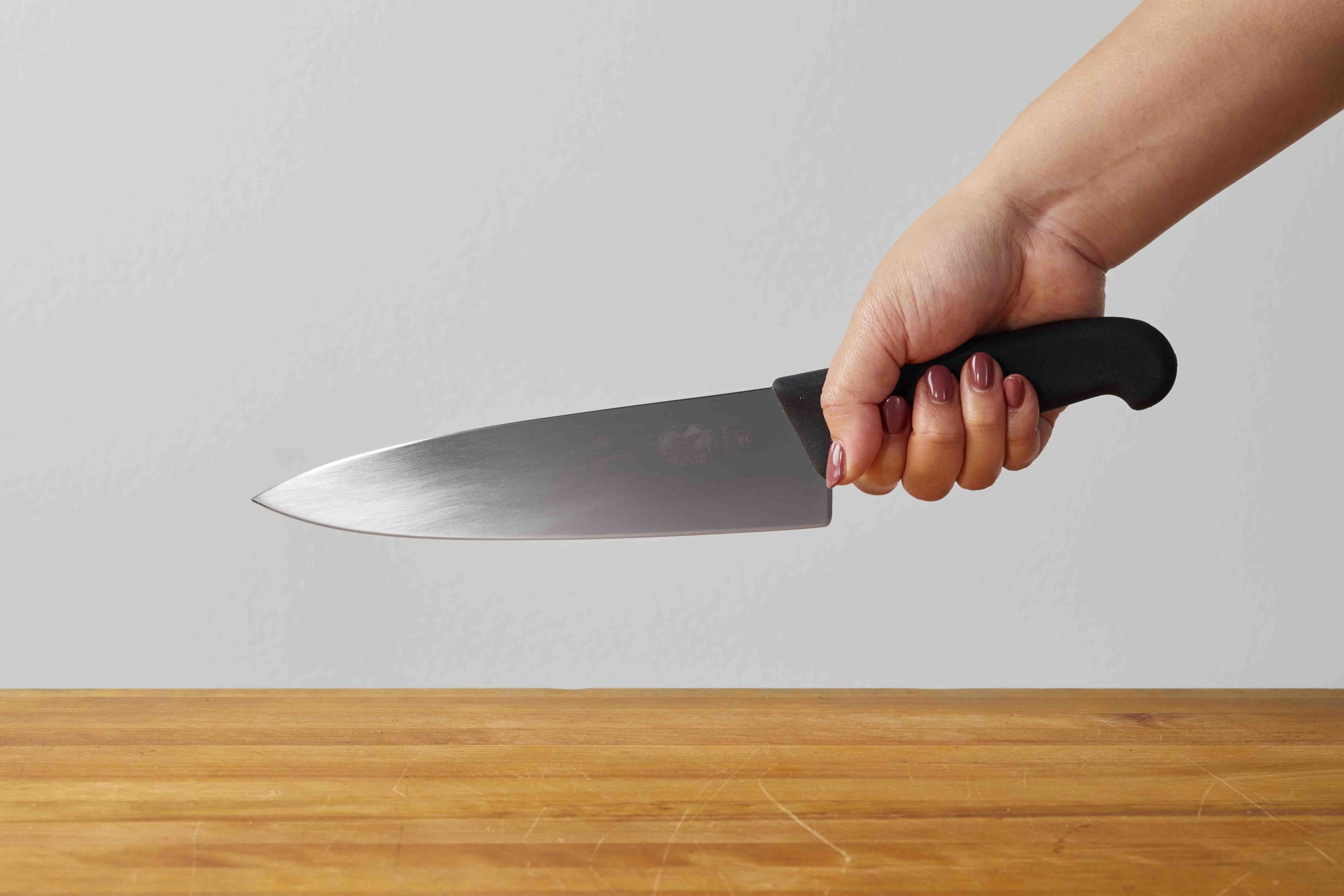

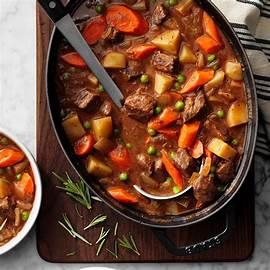



![Week 9 Vegs and Legumes(beans]](/web/image/slide.channel/10/image_512/Week%209%C2%A0Vegs%20and%20Legumes%28beans%5D?unique=dce6076)
